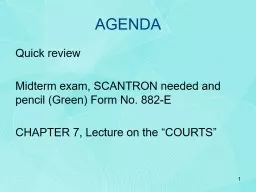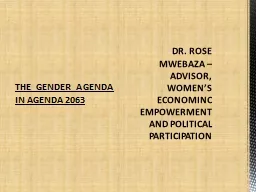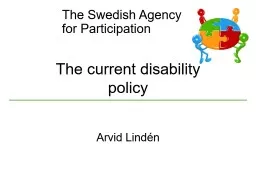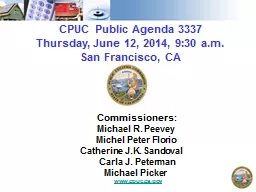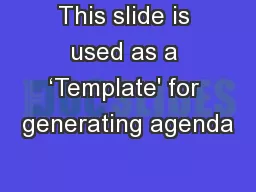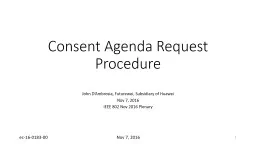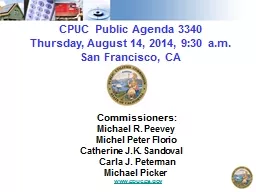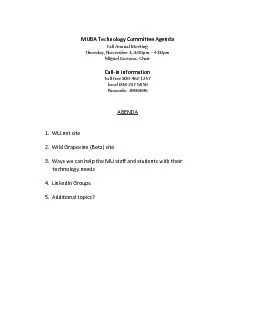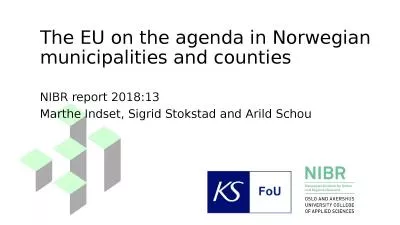PPT-AGENDA Quick review
Author : faustina-dinatale | Published Date : 2019-11-09
AGENDA Quick review Midterm exam SCANTRON needed and pencil Green Form No 882E CHAPTER 7 Lecture on the COURTS 1 Chapter 7 2 History and Structure American Court
Presentation Embed Code
Download Presentation
Download Presentation The PPT/PDF document "AGENDA Quick review" is the property of its rightful owner. Permission is granted to download and print the materials on this website for personal, non-commercial use only, and to display it on your personal computer provided you do not modify the materials and that you retain all copyright notices contained in the materials. By downloading content from our website, you accept the terms of this agreement.
AGENDA Quick review: Transcript
Download Rules Of Document
"AGENDA Quick review"The content belongs to its owner. You may download and print it for personal use, without modification, and keep all copyright notices. By downloading, you agree to these terms.
Related Documents

